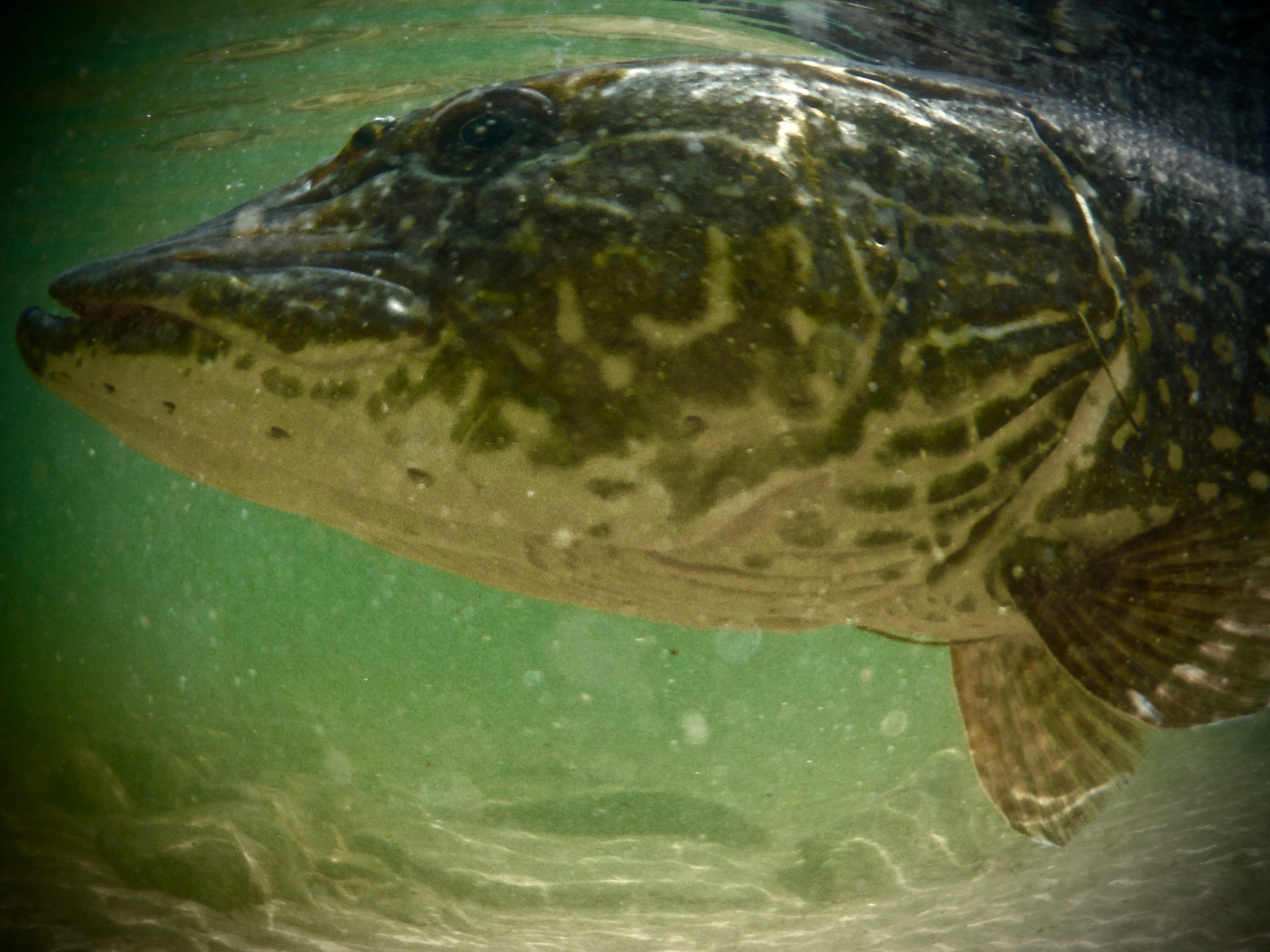From ice out until late spring, pike are in the shallows and ready to hit a fly.
Here in the Lower 48, it’s prime time for pike. From ice out until lakes “turn over” in the late spring, pike can be found cruising the shallows of lakes and in the froggy water of rivers in search of an easy meal, and they’re often within casting range of the bank. Also, with ice a very recent memory, most lakes and reservoirs in the “pikey” midsection of the country haven’t sprouted any weed growth yet—a double bonus for fly fishers who like the brutish hits and the bullish dives of northerns hooked on wire tippet.
If pike are on your list, and you haven’t had the chance to cast to them yet, now’s your chance. They’re never easier to catch than they are when they’re prowling shallow water in search of a meal.
For those of on the western edge of the Rockies, it’s been a good winter, which means good water in lakes and reservoirs, and, barring some unnatural heat wave, a late start on backcountry fly fishing. In Utah’s Uinta Basin, snow levels are so good that fisheries experts are predicting great lake and reservoir fishing and full impoundments without the worry of late-season drawdowns or water temperatures that imperil trout.
I can attest to the good water situation—if a glance across the Snake River Plain to the snow-buried Beaverheads, Centennials and Lost River mountains is an indicator of a good snow year, we’re in for a good water year, too. So, to the traveling anglers looking for good water this summer, come west of the divide. You’ll be glad you did.
Finally, some good news for the wild steelhead fishery that remains closed on the Skagit River system in Washington. Since bottoming out at about 2,500 returning wild fish in 2009, numbers are up significantly, averaging about 8,500 wild fish returning to the river system of late.
Does this mean Washington steelheaders will get the chance to chase wild fish in the Skagit again? Not this year, but possibly next year, writes TU’s Nick Chambers, who urges the National Oceanic and Atmospheric Administration’s fisheries group to find favor with the current plan to recover this fishery under the Endangered Species Act. This would allow for fishing in the winter and spring of 2018. But, as Chambers notes, the fishing should be done with great care—catch-and-release should be the rule, not the exception, and barbless hooks should be employed.
In other words, anglers should use some common sense to ensure the rebounding fishery continues to improve. We can do that, right?
— Chris Hunt



